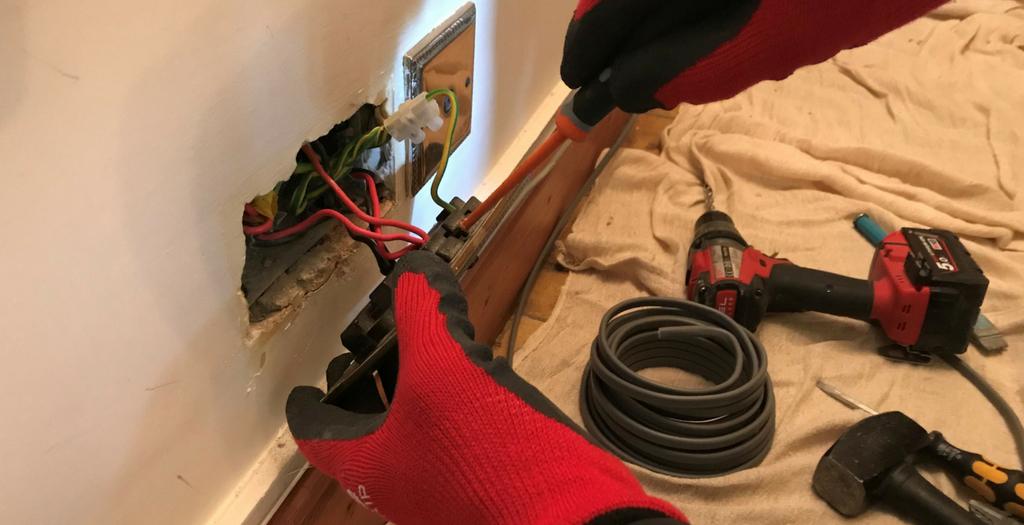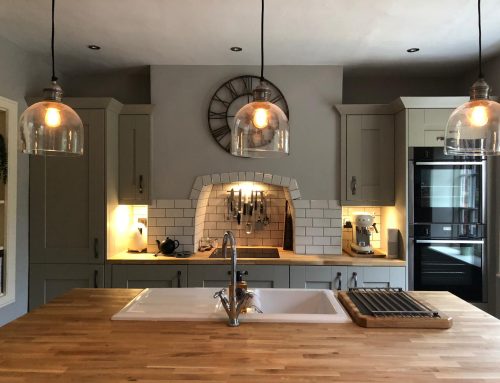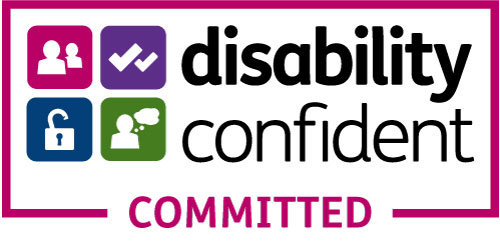[av_one_full first min_height=” vertical_alignment=” space=” row_boxshadow=” row_boxshadow_color=” row_boxshadow_width=’10’ custom_margin=” margin=’0px’ mobile_breaking=” border=” border_color=” radius=’0px’ padding=’0px’ column_boxshadow=” column_boxshadow_color=” column_boxshadow_width=’10’ background=’bg_color’ background_color=” background_gradient_color1=” background_gradient_color2=” background_gradient_direction=’vertical’ src=” background_position=’top left’ background_repeat=’no-repeat’ highlight=” highlight_size=” animation=” link=” linktarget=” link_hover=” title_attr=” alt_attr=” mobile_display=” id=” custom_class=” aria_label=” av_uid=’av-suku’]
[av_image src=’https://217.199.187.192/phihome.co.uk/wp-content/uploads/2020/08/part-p-building-regs-parker-home-improvements-bury-st-edmunds-suffolk.jpg’ attachment=’1263′ attachment_size=’full’ copyright=” caption=” styling=” align=’center’ font_size=” overlay_opacity=’0.4′ overlay_color=’#000000′ overlay_text_color=’#ffffff’ animation=’no-animation’ hover=” appearance=” link=” target=” id=” custom_class=” av_element_hidden_in_editor=’0′ av_uid=’av-kd04l6f2′ admin_preview_bg=”][/av_image]
[av_hr class=’invisible’ icon_select=’yes’ icon=’ue808′ font=’entypo-fontello’ position=’center’ shadow=’no-shadow’ height=’50’ custom_border=’av-border-thin’ custom_width=’50px’ custom_margin_top=’30px’ custom_margin_bottom=’30px’ custom_border_color=” custom_icon_color=” id=” custom_class=” av_uid=’av-kd04ks2s’ admin_preview_bg=”]
[av_textblock size=” av-medium-font-size=” av-small-font-size=” av-mini-font-size=” font_color=” color=” id=” custom_class=” av_uid=’av-kby1o1aa’ admin_preview_bg=”]
Part P and what it means to you
[/av_textblock]
[av_hr class=’invisible’ icon_select=’yes’ icon=’ue808′ font=’entypo-fontello’ position=’center’ shadow=’no-shadow’ height=’20’ custom_border=’av-border-thin’ custom_width=’50px’ custom_margin_top=’30px’ custom_margin_bottom=’30px’ custom_border_color=” custom_icon_color=” id=” custom_class=” av_uid=’av-kby1tih3′ admin_preview_bg=”]
[av_textblock size=” av-medium-font-size=” av-small-font-size=” av-mini-font-size=” font_color=” color=” id=” custom_class=” av_uid=’av-kby1n9og’ admin_preview_bg=”]
Part P of the Building Regulations was introduced to protect householders and reduce the risk of electric shock.
It brought all electrical work carried out in the home under statutory control, requiring certain jobs to be notified and signed off by a local building control department, or a Competent Person Scheme registered electrician so that it meets the appropriate safety standards.
Part P was subsequently revised to reduce the range of ‘notifiable works’ in 2013. This meant that adding items such as a new socket could be completed without notifying building control.
However, Part P still applies to a great deal of all new domestic electrical works and most homeowners remain unaware of it.
Why does this matter?
If the works carried out at your property do not comply with Part P building regulations, not only might they be dangerous, but they may also be illegal. Remember that over 50% of all house fires are the result of electrical issues!
As the homeowner, if you cannot provide the right evidence that electrical work has been carried out in accordance with the building regulations, your local building control may insist that the work is re-done at your cost.
Additionally, not having the appropriate certification may cause problems when it comes to selling your home.
Part P in Detail
To explain in more detail, Part P is an aspect of the Building Regulations concerning the compliant installation and maintenance of electrical work carried out in a home or domestic property by an electrician or electrical installer. It enables competent electricians to self-certify their work as compliant against the Building Regulations.
You can see more information here: https://www.niceic.com/find-a-contractor/electrics-explained/what-is-part-p
What counts as notifiable?
An example of works that are notifiable is the installation of a new circuit, the replacement of a consumer unit (fuse board), or any addition or alteration to existing circuits in a ‘special location’.
A ‘special location’ is somewhere such as a bathroom, where there is a higher risk of water mixing with electrics, giving rise to an increased potential for an electric shock.
Additions and alterations to existing electrical installations;
When extending or altering an electrical installation, only new work must meet current standards. There is no obligation to upgrade an existing installation.
Part P also applies to;
- Outside Lighting including pumps in ponds, air conditioning units attached to an outside wall
- Outbuildings – sheds, detached garages, domestic greenhouse, porches, conservatories
The easiest way to check if the works you’re considering are affected by Part P is to simply ask a qualified electrician or supplier of electrical services such as Parker Home.
We are approved by the National Inspection Council for Electrical Installation Contractors (NICEIC) and as such are able to advise you.
As we are NICEIC Approved we can also self-certify our work and notify local building controls on your behalf.
As is always the case with Parker Home, we take care of the detail, so you can rest assured your home is in good hands.
[/av_textblock]
[av_image src=’https://217.199.187.192/phihome.co.uk/wp-content/uploads/2020/08/parker-home-improvements-niceic-approved-logo-768×463-1.jpg’ attachment=’1264′ attachment_size=’full’ copyright=” caption=” styling=” align=’center’ font_size=” overlay_opacity=’0.4′ overlay_color=’#000000′ overlay_text_color=’#ffffff’ animation=’no-animation’ hover=” appearance=” link=” target=” id=” custom_class=” av_element_hidden_in_editor=’0′ av_uid=’av-kd04l6f2′ admin_preview_bg=”][/av_image]
[/av_one_full]







Leave A Comment
You must be logged in to post a comment.